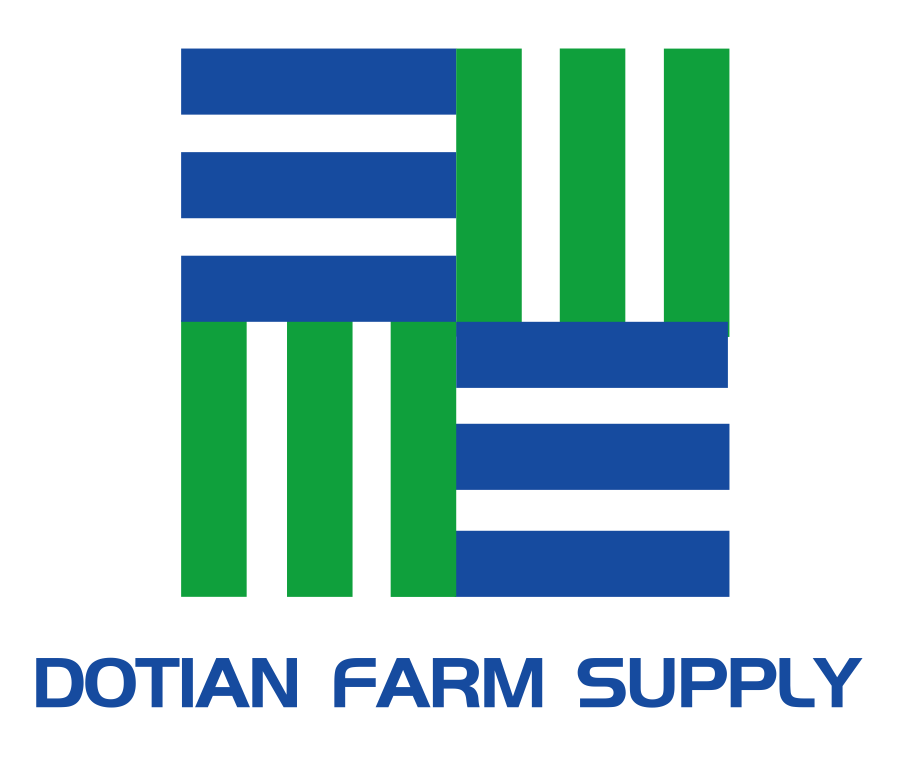What is compound fertilizer?
In the past, fertilizers containing two or more of the three nutrient elements of nitrogen, phosphorus and potassium were generally called compound fertilizers. In order to use it more scientifically, the state stipulates that it is divided into compound fertilizers and mixed fertilizers according to the characteristics of the production process, and it is clearly marked on the packaging.Compound fertilizer refers to a chemical fertilizer that contains nitrogen, phosphorus and potassium in its ingredients or contains two of them.

npk compound fertilizer for sale near me
What is the difference between compound fertilizer and mixed fertilizer
Compound fertilizer refers to a chemical fertilizer that contains nitrogen, phosphorus and potassium in its ingredients or contains two of them. There are two production processes for compound fertilizers: one is produced by physical mixing method, which is called compound fertilizer; the other is formed after chemical reaction, which is called compound fertilizer.
Compound fertilizer: In terms of production process, chemical synthesis is the main method. Generally, various nutrient elements such as nitrogen, phosphorus and potassium are reacted chemically to generate new compounds containing nitrogen, phosphorus and potassium nutrients and complete granulation. The equipment investment for producing compound fertilizer is relatively large. Generally, small fertilizer enterprises cannot produce it. The raw materials used are strictly required and the ratio is fixed. Therefore, the nutrient content of compound fertilizer is stable, the ratio of nitrogen, phosphorus and potassium is fixed, and even each fertilizer particle is the same. Compound fertilizer has good physical properties, uniform and smooth particles, high hardness, good water solubility, and generally guaranteed quality.
The production of compound fertilizer is to crush and mechanically mix fertilizers containing nitrogen, phosphorus and potassium and then granulate them. It is mainly generated by physical reaction (partial chemical reaction is also carried out). The process is relatively simple. The raw materials are usually urea, ammonium chloride, ammonium sulfate, monoammonium phosphate and diammonium phosphate, potassium sulfate, potassium chloride, etc. The general production equipment investment is not large, and it is mostly used by small and medium-sized fertilizer production enterprises.
There are many kinds of raw materials available for the production of compound fertilizers, and the fertilizer formula is relatively flexible, which is suitable for the production of formula fertilizers. The disadvantage of compound fertilizers is that the nutrient content of fertilizers and the ratio of each nutrient must be strictly controlled during the production process, especially when changing varieties, the nutrient content is prone to fluctuations.
Differences
- Different production processes
Compound fertilizers are synthesized through chemical reactions, and their nutrient content is uniform and the particle size is consistent. Compound fertilizers are made through physical mixing, with a simple production process, uneven nutrients, and poor effects. - Different nutrient content
Compound fertilizer nutrients are generally fixed, with 15% nitrogen, phosphorus, and potassium each, and 30% sulfur, while compound fertilizers have low concentrations, and the total nutrients generally do not exceed 30%. - Different nutrient utilization rates
Compound fertilizers synthesized by chemical reactions release nutrients evenly and have high utilization rates. Compound fertilizers mixed physically release nutrients unevenly, resulting in waste and lack of nutrient absorption by crops. - Different implementation standards
Whether it is compound fertilizer or compound fertilizer marked as compound fertilizer, it is generally marked as GB15063-94, and the marking standards of compound fertilizers are different, all of which are implemented enterprise standards. All those marked as GB15063-94 and with a total nutrient content not exceeding 30% are compound fertilizers.
DOTIAN® Compound Fertilizer Granular are a premium, balanced fertilizer that provides your plants with optimal nutrition for strong growth and high yields. Formulated with 3-3-3 and 6-8-12 NPK ratios, this granular fertilizer provides the perfect balance of the three main macronutrients – Nitrogen, Phosphorus and Potassium.

